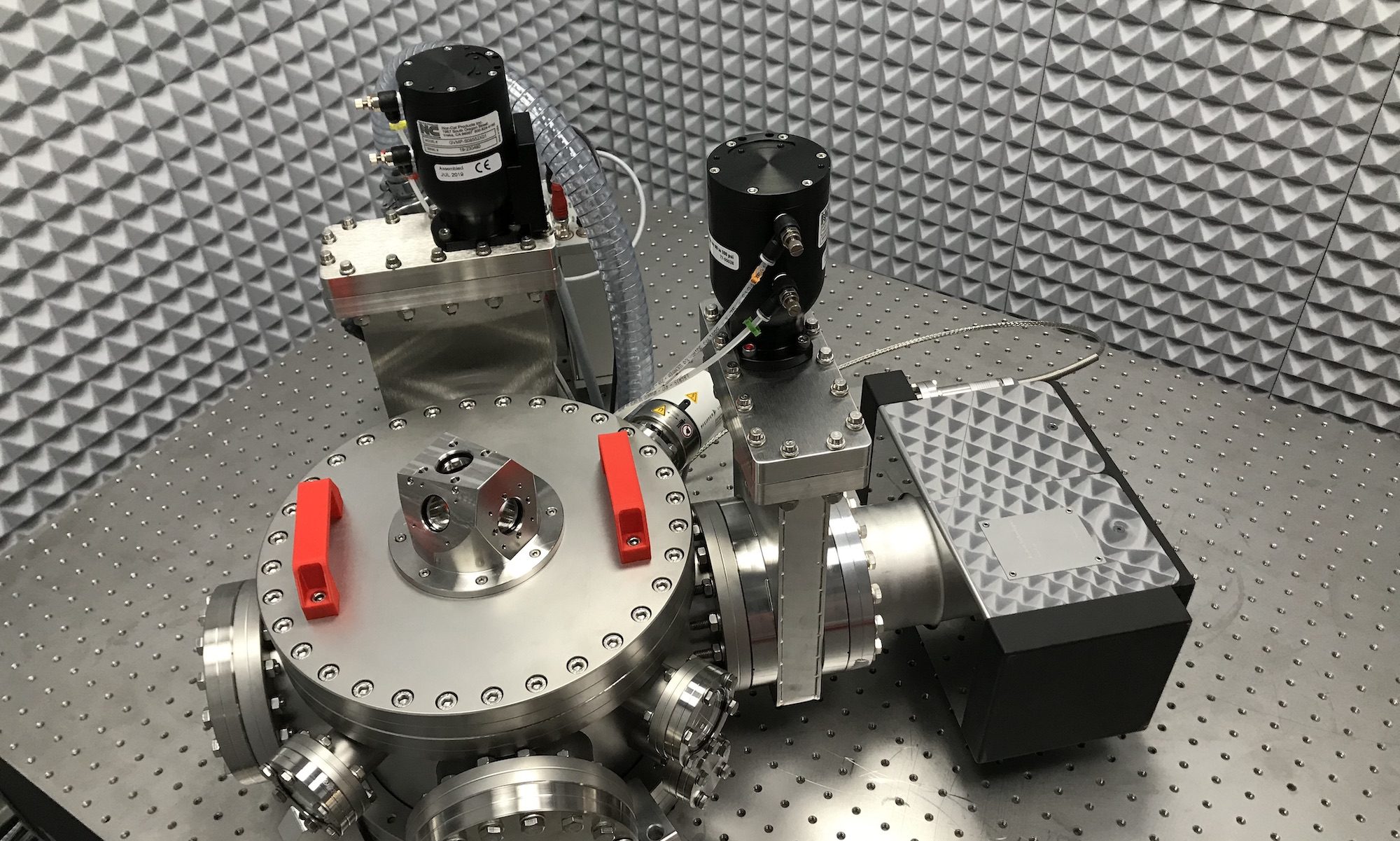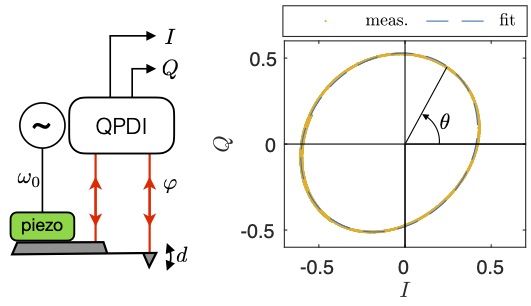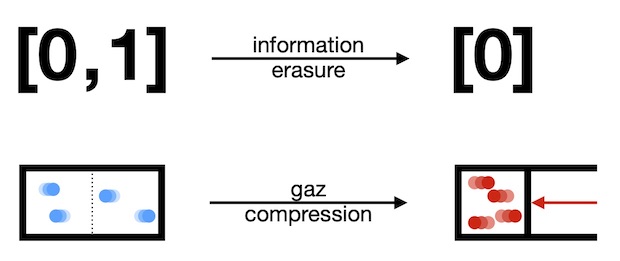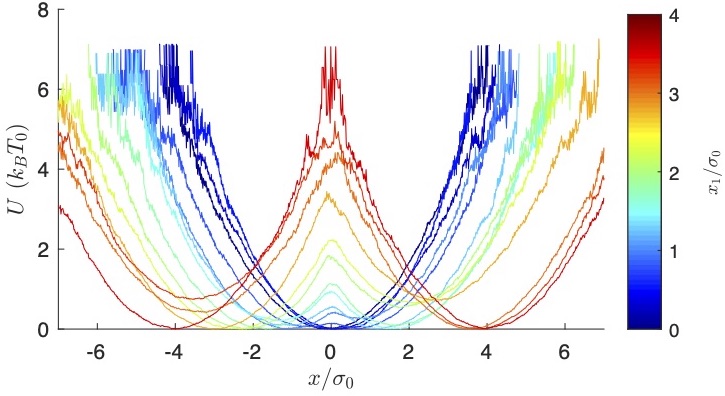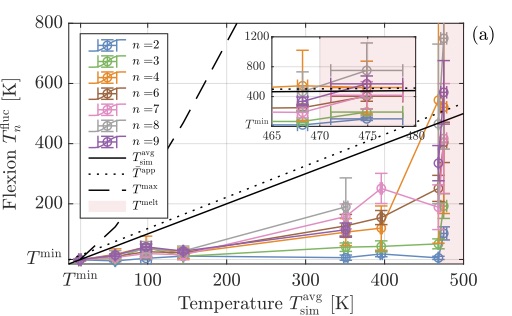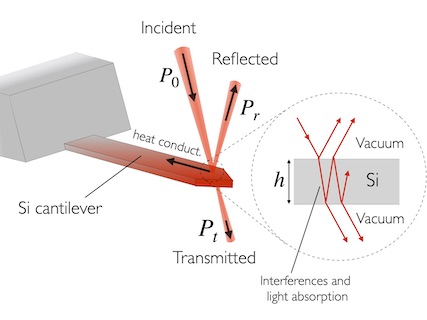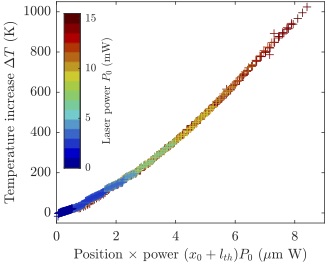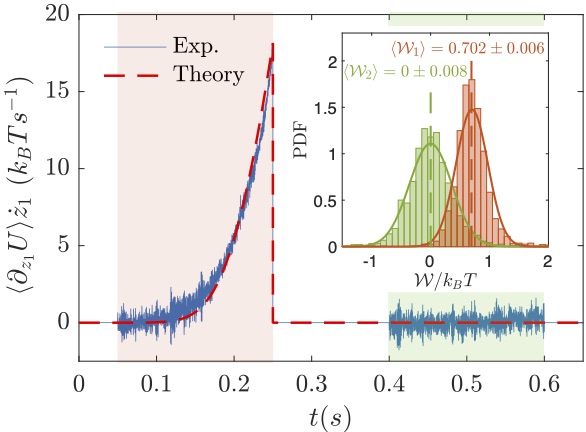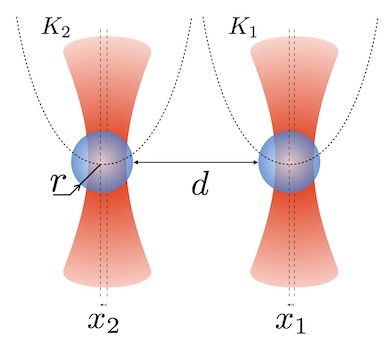Baptiste Ferrero and Ludovic Bellon, EPL 139, 55002 (2022)
[Article] doi: 10.1209/0295-5075/ac8761
[Data set] doi:10.5281/zenodo.6801118
The two output signals of quadrature phase interferometers allow to benefit both from the high sensitivity of interferometry (working inside a fringe) and from an extended input range (counting fringes). Their calibration to reach a linear output is traditionally performed using Heydemann’s correction, which involves fitting one output versus the other by an ellipse. Here we present two alternative methods based on the linear response of the measurement to a sinusoidal input in time, which enables a direct calibration with an excellent linearity. A ten fold improvement with respect to the usual technique is demonstrated on an optical interferometer measuring the deflection of scanning force microscopy cantilevers.
